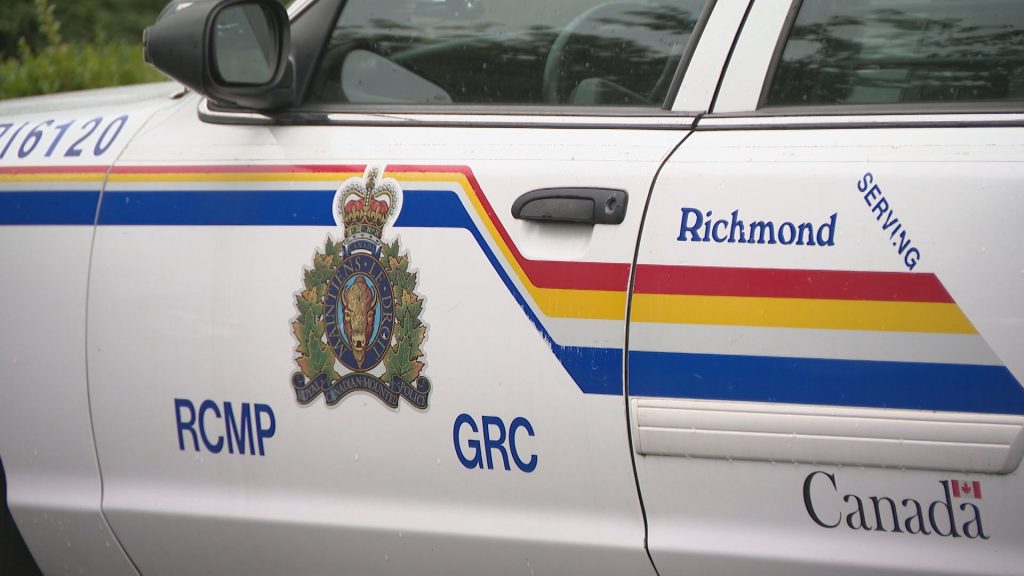B.C. needs more turtle sanctuaries, says long-time reptile rescuer
Posted October 25, 2021 8:07 am.
Last Updated October 25, 2021 8:08 am.
B.C. needs more places to put unwanted turtles, says a reptile expert who has been running a rescue for them for years.
Mike Hopcraft, owner and operator of Wild Education, is known as “the reptile guy.” His reptile rescue used to be the biggest in the province, and in his experience, there has always been an issue with invasive turtles in B.C.
It’s not because they reproduce rapidly, though. The influx of invasive turtles, particularly the Red-ared Slider, comes directly from humans buying them as pets and abandoning or forfeiting them.
Those pet owners often come to rescues like his, but there aren’t many, and those that do exist are almost always full, says Hopcraft.
Western Painted Turtle, a threatened subspecies, with an introduced Red-eared Slider as a companion. @ DeBoville Slough, Coquitlam, BC. pic.twitter.com/1AJ6PIj7Q7
— John Reynolds (@Reynolds_JohnD) April 15, 2018
He says as a result, people who can’t find a rescue often release them into the wild without knowing they’re invasive and destructive to native wildlife like the endangered Western Painted Turtle.
“We were getting turtles in, honestly two or three a week, dropped off to our rescue. It was overwhelming, and the problem is these turtles have been sold in stores for years,” he said.
According to the Wildlife Act of British Columbia, you can not own or transport wildlife without a valid wildlife permit, and Hopcraft’s rescue doesn’t have one anymore. They’re at capacity for how many turtles they can take, which means turtles with nowhere to go often get euthanized.
“There’s one other place that does have a permit, but they are full. They can not take any more turtles. I’ve called them a few times and they’re just overwhelmed with turtles, and I wish there was somewhere for them to go because I get calls every week right now,” he said.
“I got a call about two days ago from someone who has a Red-eared Slider. They want me to take it, I can’t take it, and unfortunately the only option for these turtles legally is I call conservation and they’ll take it and they will kill it.”
Here at GVZoo, our motto is “no turtle left behind!” Check out this recent blog post on how we have been involved in the rescue of a young western painted turtle. https://t.co/FAcV6AaVKM pic.twitter.com/wzsLxtCcWF
— Greater Vancouver Zoo (@vancouverzoo) December 7, 2018
Back in the day, his rescue had a large pond that could house up to 75 turtles, but even then they often went over limit. When they got to 90 and still were inundated with requests to take more, they stopped accepting them.
“The big problem with Red-eared Sliders is they compete for food and nesting space with the Western painted turtles, and the sliders are a much larger and more aggressive turtle, so the Western turtles have a really hard time competing with them,” said Hopcraft. “It’s one of those frustrating things that we wish we could stop, but it’s impossible to stop.”
When it comes to solutions, governments can provide funding to trap them, but that has historically not been very effective, says Hopcraft. Pet owners should practice more responsible ownership as well, he adds, and anyone looking into getting a turtle should understand their lifespan and care requirements before taking one home.
“I’m a rescue. I’m here to help animals. I’m here to save animals’ lives, and we don’t like saying no to people because we know a lot of the time we’re the last resort,” he said.
Related Articles:
-
Habitat for endangered spiny softshell turtle protected southeast of Montreal
-
Canadian biodiversity facing multiple threats, few protections, says World Wildlife Fund
-
Turtles, butterflies and foxes: Captive breeding for endangered species growing
Tracy Reynolds, the animal care manager at the B.C. Wildlife Park, helps rehabilitate sick and injured turtles too. At the park, they have a small display with two Western Painted Turtles and one Red-eared Slider to educate the public about the need to keep their populations healthy.
Red-eared Sliders are harder to take care of than Western Painted Turtles, and rehoming them isn’t as easy as most think, she says.
“I think a lot of people get them when they’re small turtles, thinking they’re pretty cute and neat, and after several years of having the same turtle that can live into its teens and 20s, we’re talking a very long commitment for keeping a turtle, and they don’t always want them after several years,” she said.
Reynolds says there’s lots we can do for turtles, starting with habitat protection.
“Habitat space is limited. The resources in that pond are limited, so the invasive turtles start using those resources and leaves less for the native ones,” she said. “You want to make sure those ponds stay ponds and they’re not drained and used for something else like agriculture or development.”
Turtles aren’t likely to survive cold Canadian winters either warns Reynolds.
Female turtles start their migration route to egg-laying grounds from late May to early July, so it will be a while until you can expect to see them out and about. That period is the time of year when the Western Painted Turtles are most vulnerable, as they need to cross roads and other difficult terrain to get to a spot where they can dig their nests.
If you do happen to see a turtle in an unsafe location, be sure to move them someplace secure and point them in the same direction they were going. They’re likely on their way to a nesting site that can be quite a distance from their home pond. Keep pets supervised and under control while around turtle habitats to do your part.








